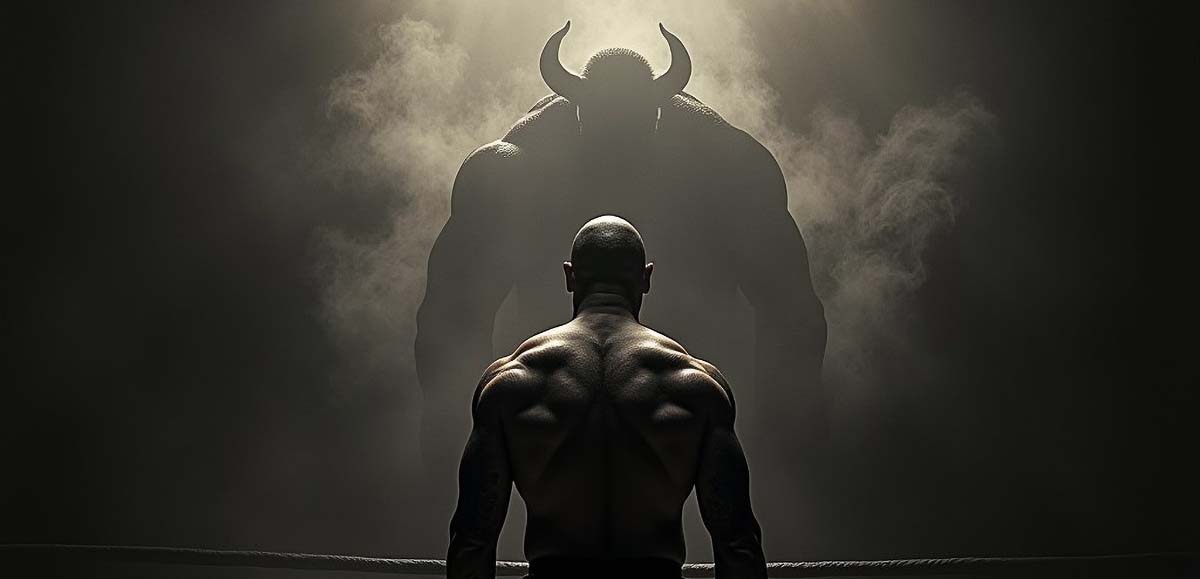Your Cart is Empty
Buy Any 4 Items, Get 15% Off Your Order!
Buy Any 4 Items, Get 15% Off Your Order!
Godzilla, Butoh, and Transgenerational Trauma: Healing Through Art
August 20, 2024

Godzilla: The Atomic Roar of a Nation's Trauma
Godzilla, the iconic monster born from Toho Studios in 1954, represents more than just a fantastical creature. Emerging in the wake of the atomic bombings of Hiroshima and Nagasaki, Godzilla reflects the deep-seated fears and existential doubts of a nation grappling with the aftermath of nuclear devastation.
Godzilla's monstrous silhouette can be understood as a shadow of Japan's collective trauma. The original film’s depiction of Godzilla as a giant, destructive force mirrors the horror experienced by those who survived the bombings. Bessel van der Kolk, a leading expert in trauma, explains:
Godzilla’s rampage through Tokyo symbolizes the catastrophic impact of nuclear weapons. The King of the Monsters provides an external object for Japanese society to project and focus their fears. His persistent presence in popular culture underscores an ongoing need to address and understand these psychological wounds.“Trauma is not just an event that happened in the past; it is an experience that continues to live on in the present, affecting our bodies and minds.”
Butoh: Dancing with the Shadows Within

Butoh offers a medium for dancers and spectators to emotionally process their experiences. The dance form’s focus on grotesque and taboo imagery, including agony, mirrors post-war Japan's emotional choas. Butoh emphasizes non-verbal communication through facial expressions, gestures, and body language. This encourages dancers to move beyond language, conveying emotions too complex for words.
“Trauma is a breach in the bond between self and world. The recovery process is about repairing that bond and reintegrating the self.” — Judith Herman
Through its intense and cathartic movements, the Butoh performance provides a secure environment for performers and audience to confront and communicate their distress.
Transgenerational Trauma: The Unseen Inheritance

Breaking the Cycle: Healing for the Future
Confronting and processing our emotional wounds is not just an act of self-care; it's an act of intergenerational responsibility. By engaging in creative outlets like dance, writing, visual arts, music, or any form of meaningful self-expression, we move toward self-discovery and healing.

At the same time, this journey may have positive ripple effects, contributing to the well-being of those yet to be born. Research shows that creative expression can significantly benefit one's mental and emotional well-being. This may be especially true for those whom life has dealt a tough hand. While further research is needed to fully understand its downstream impact, radical and cathartic creative expression may help reduce the risk of transgenerational trauma. It's not only good for us, but may affect generations to come.
“Creative expression is a vital component in healing from trauma. It allows individuals to process and communicate their experiences in ways that words alone cannot.” — Judith Herman
Leave a comment
Comments will be approved before showing up.
Also in Sacred Surreal Blog
newsletter signup
Be the first to know about upcoming sales and promos. Get a 10% discount coupon when you subscribe!
Subscribe
Sign up to get the latest on sales, new releases and more …

Storewide Sale!
Buy any 4 items and get 15% off your total order! For a limited time only.



